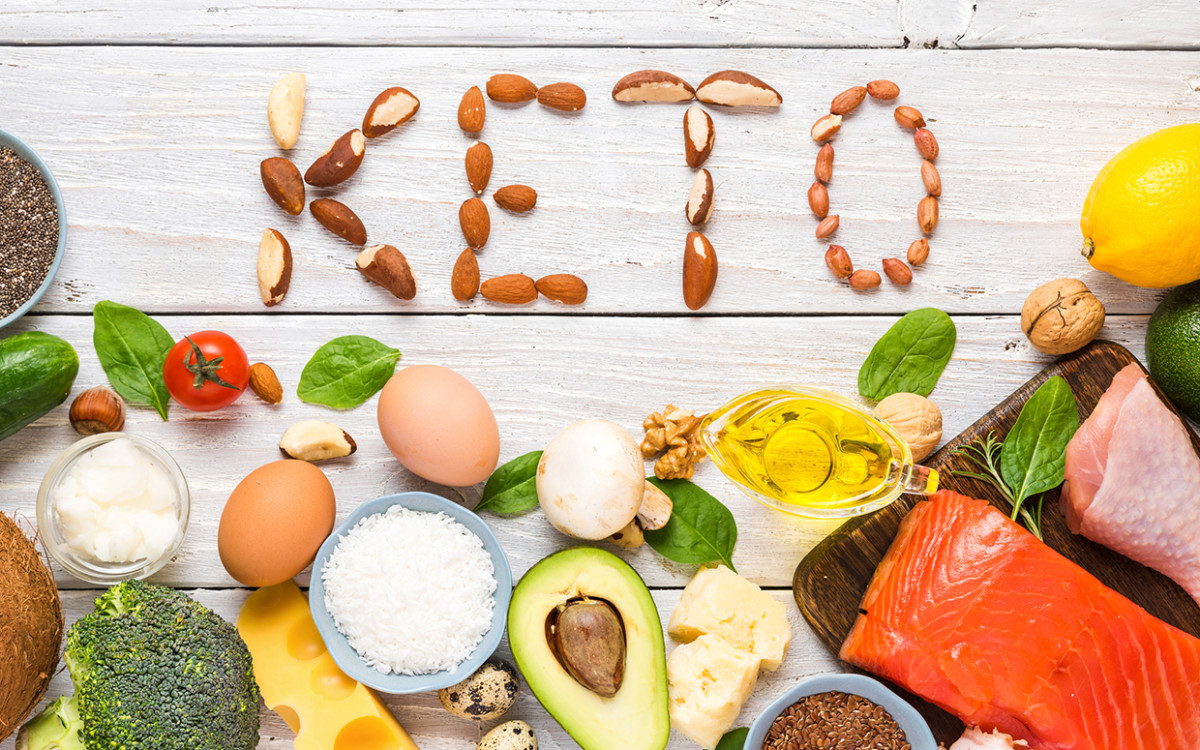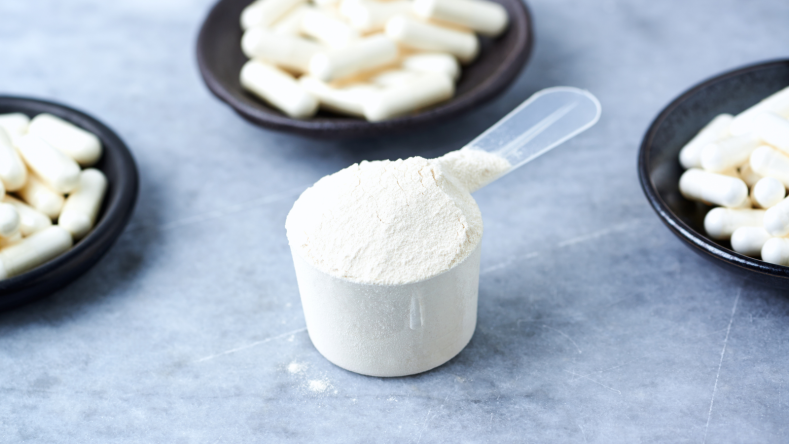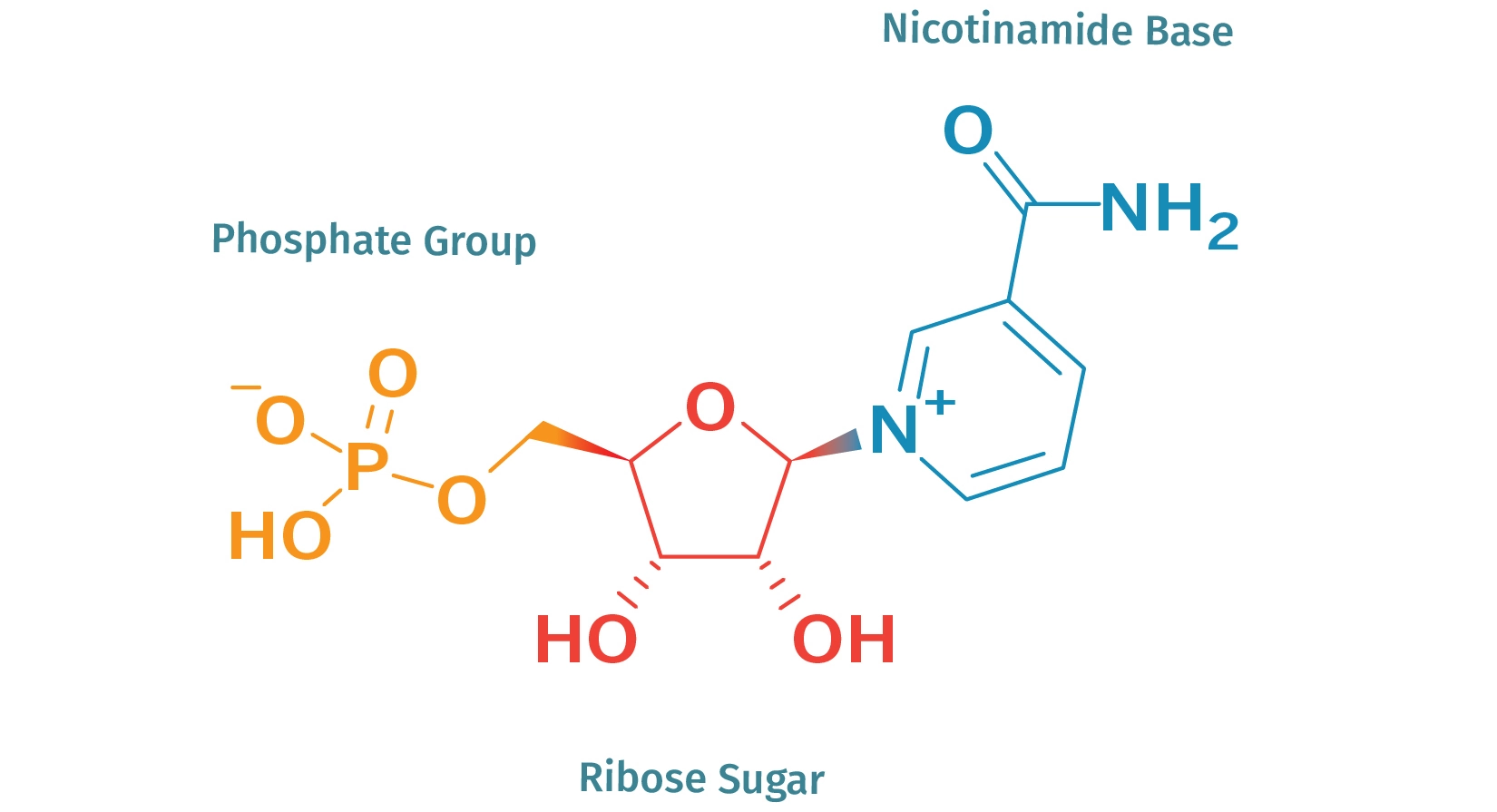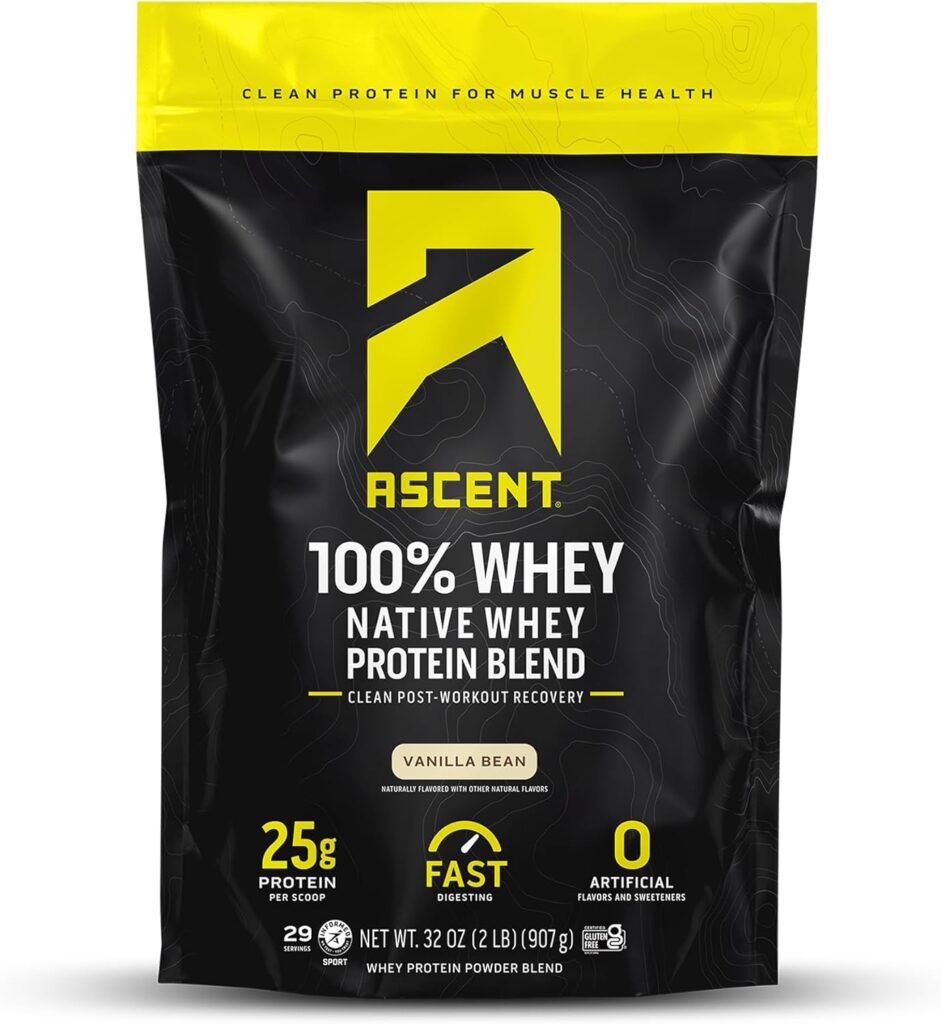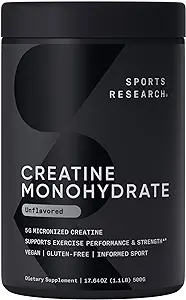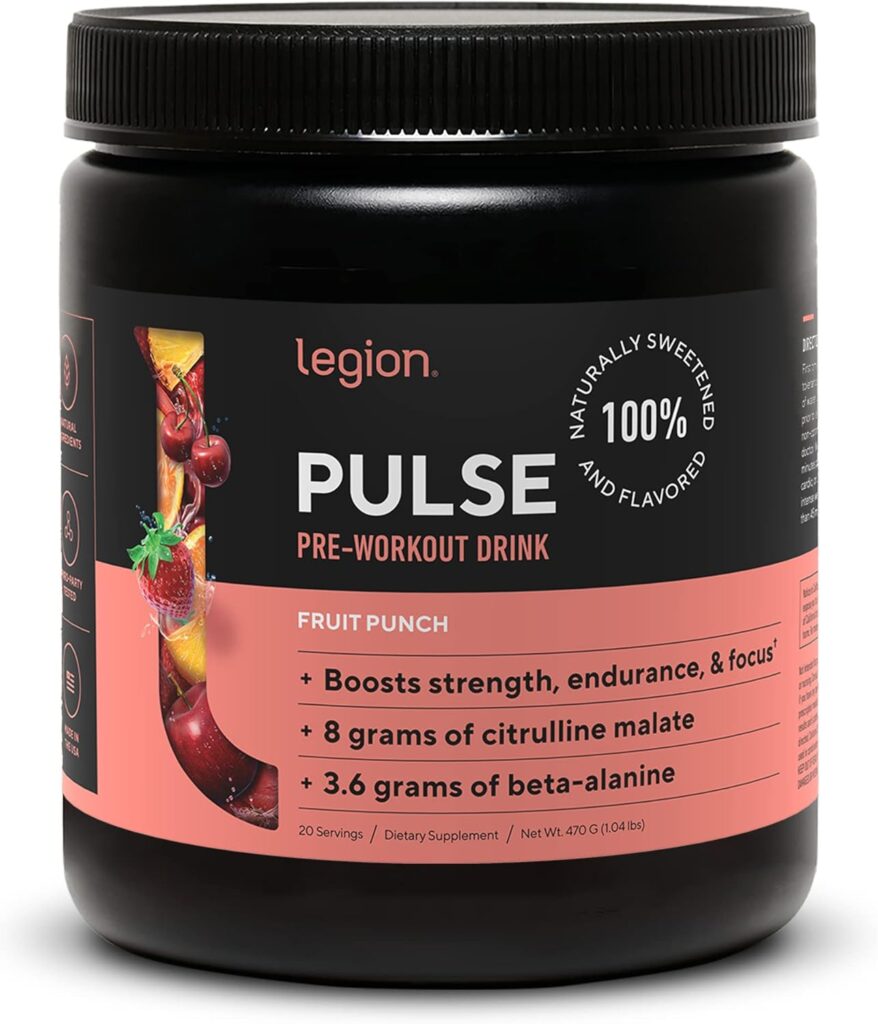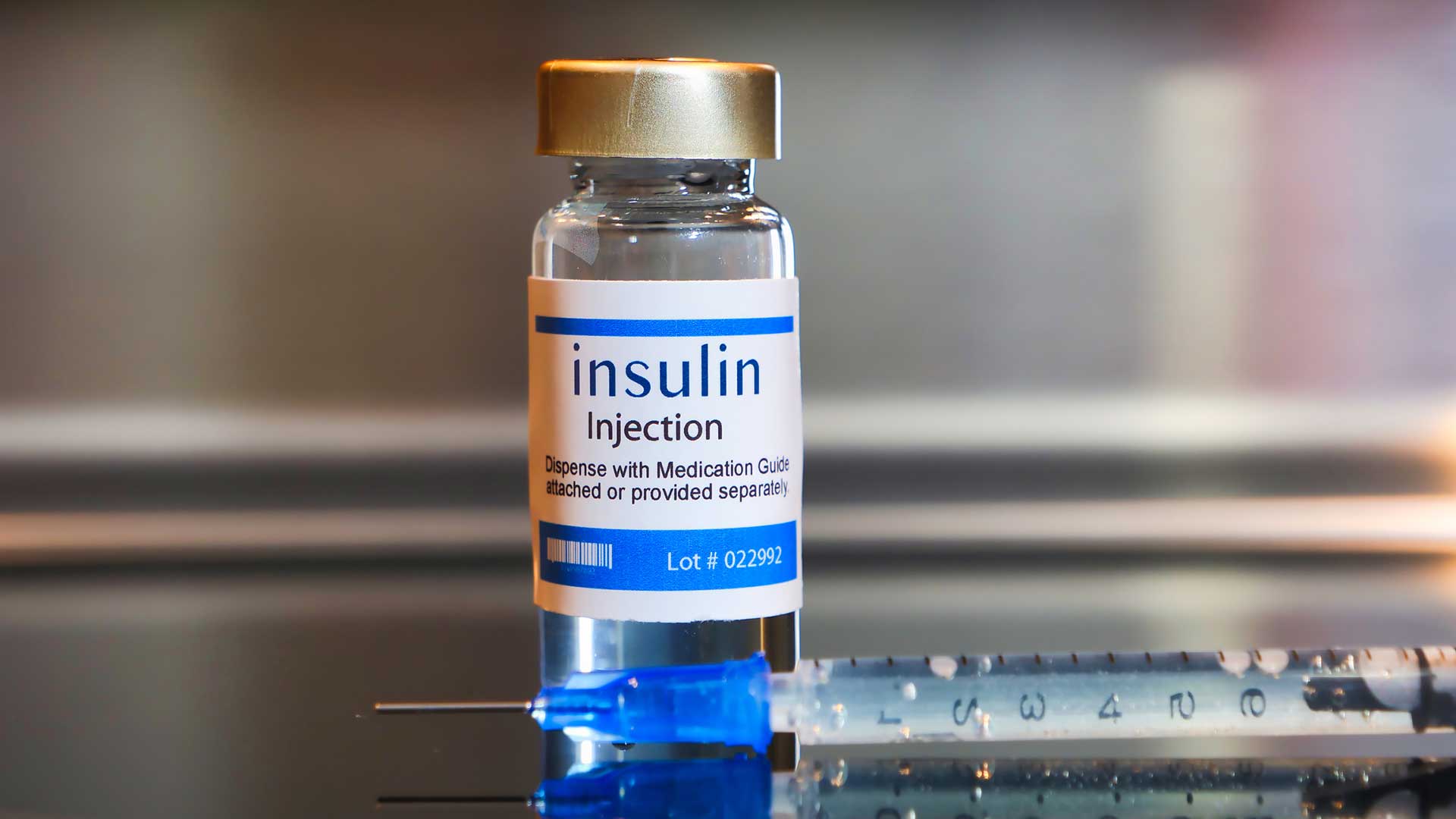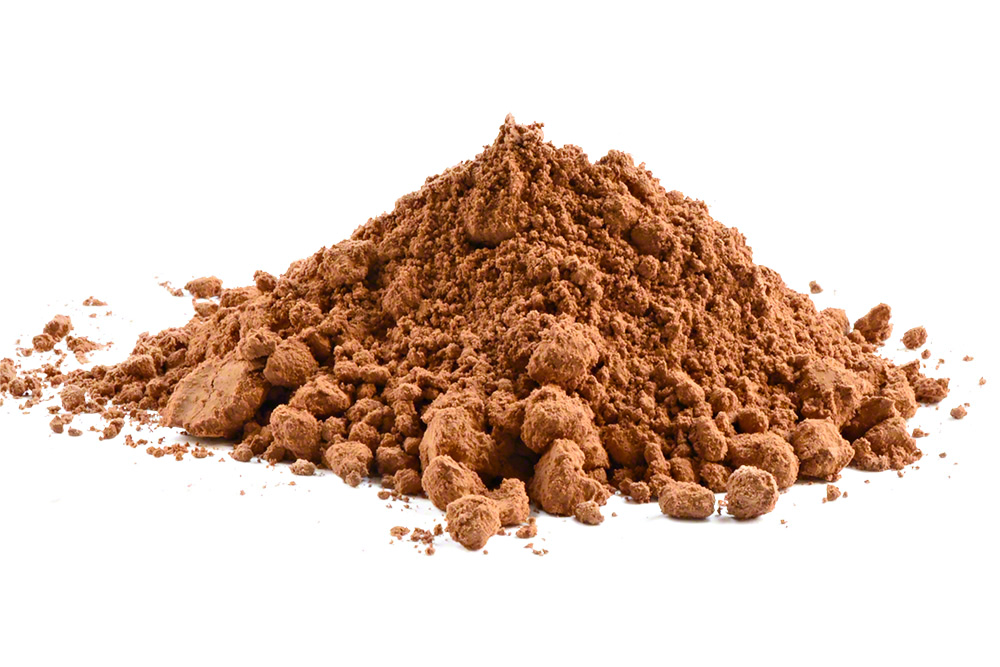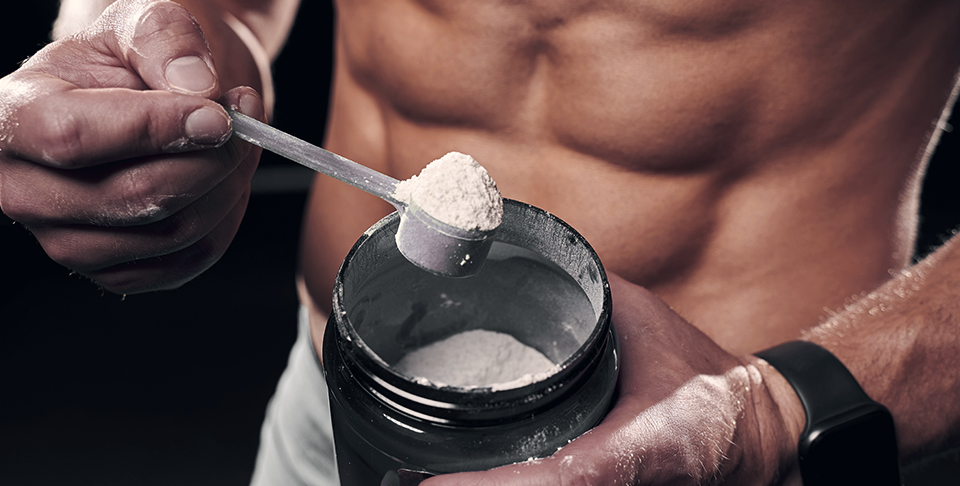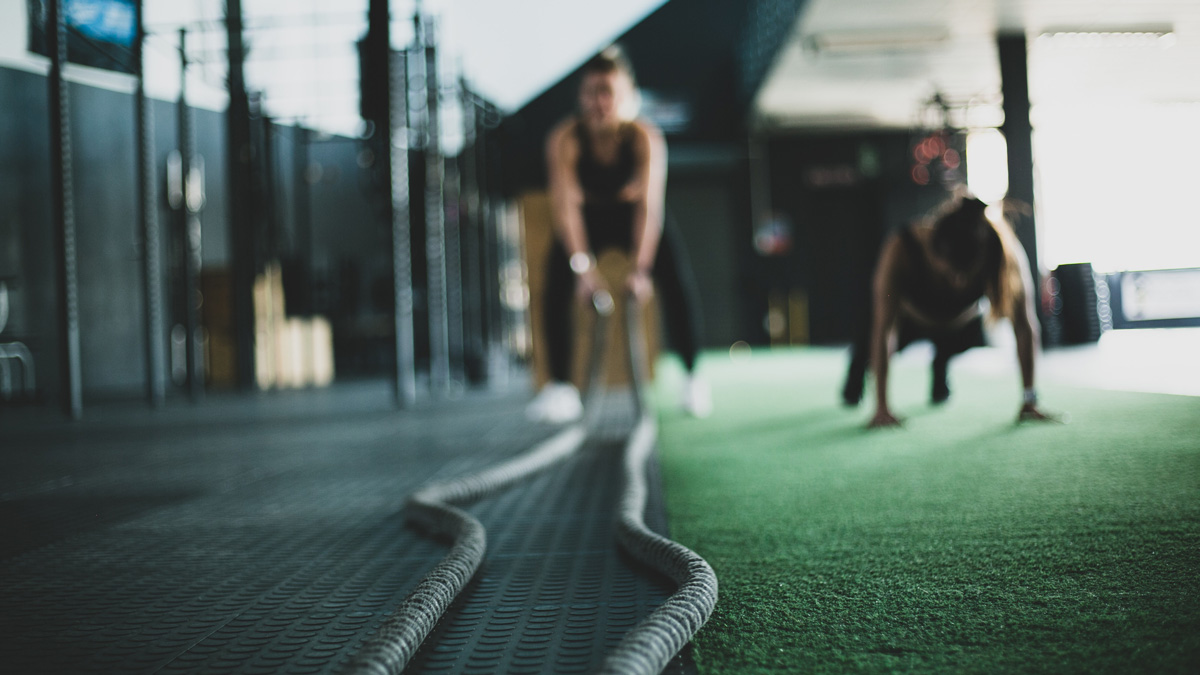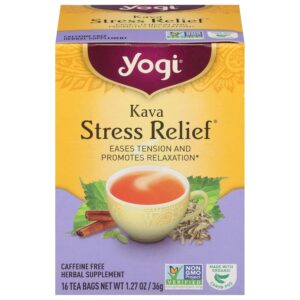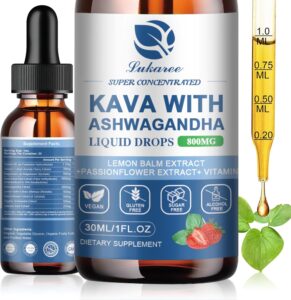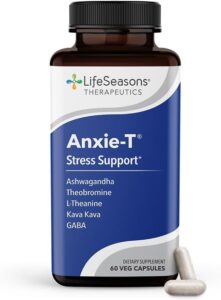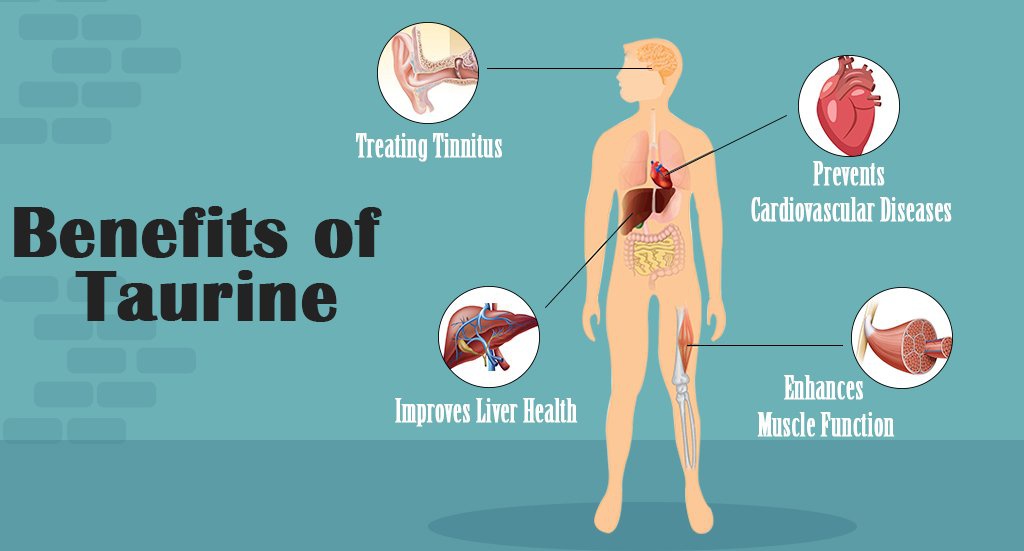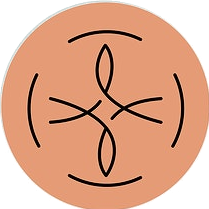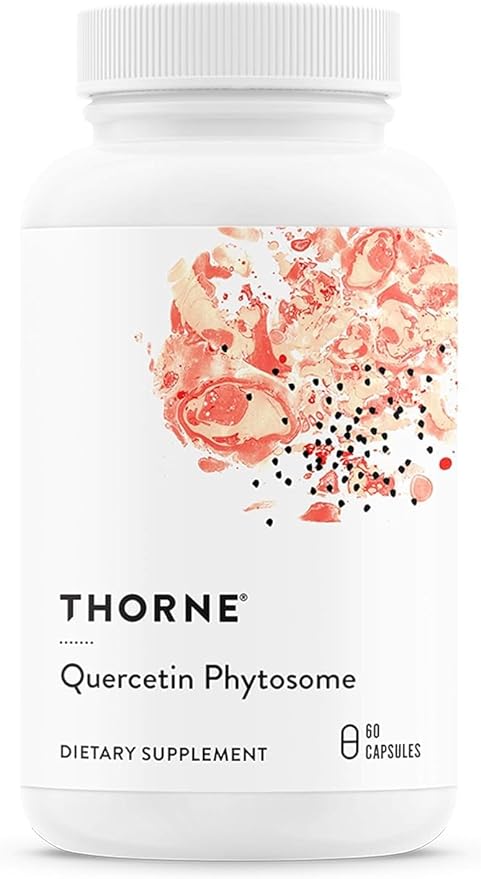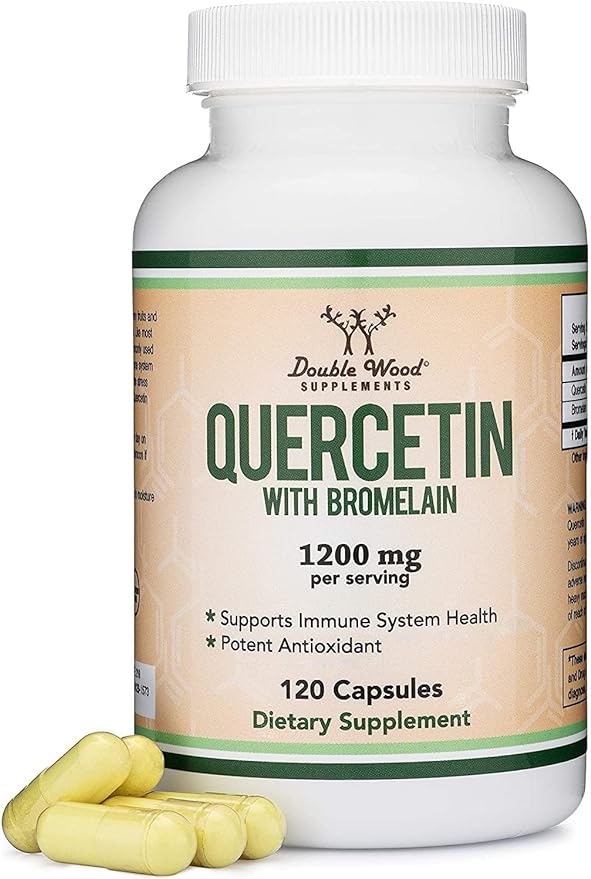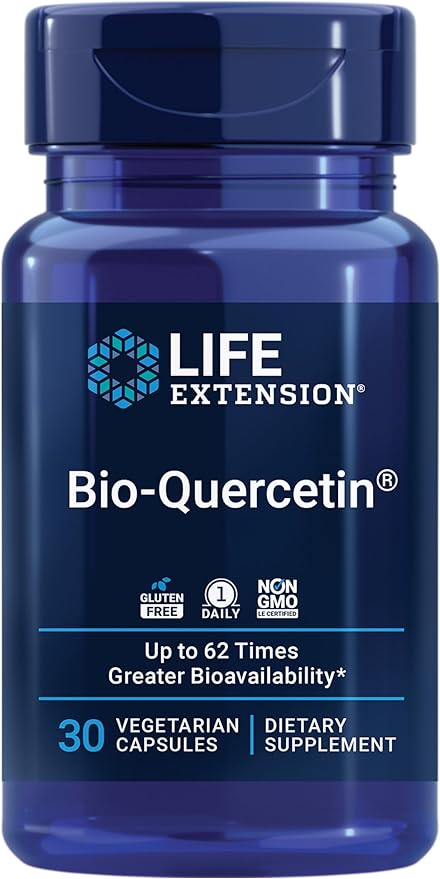1. Ludwig DS, Willett WC, Volek JS, Neuhouser ML. Dietary fat: from foe to friend? Science. (2018) 362:764–70. doi: 10.1126/science.aau2096
CrossRef Full Text | Google Scholar
2. Foster GD, Wyatt HR, Hill JO, Makris AP, Rosenbaum DL, Brill C, et al. Weight and metabolic outcomes after 2 years on a low-carbohydrate versus low-fat diet: a randomized trial. Ann Intern Med. (2010) 153:147–57. doi: 10.7326/0003-4819-153-3-201008030-00005
PubMed Abstract | CrossRef Full Text | Google Scholar
3. Ebbeling CB, Feldman HA, Klein GL, Wong JMW, Bielak L, Steltz SK, et al. Effects of a low carbohydrate diet on energy expenditure during weight loss maintenance: randomized trial. BMJ. (2018) 363:k4583. doi: 10.1136/bmj.k4583
PubMed Abstract | CrossRef Full Text | Google Scholar
4. Hall KD, Bemis T, Brychta R, Chen KY, Courville A, CRayner EJ, et al. Calorie for calorie, dietary fat restriction results in more body fat loss than carbohydrate restriction in people with obesity. Cell Metab. (2015) 22:427–36. doi: 10.1016/j.cmet.2015.07.021
PubMed Abstract | CrossRef Full Text | Google Scholar
6. Swiglo BA, Murad MH, Schünemann HJ, Kunz R, Vigersky RA, Guyatt GH, et al. A case for clarity, consistency, and helpfulness: state-of-the-art clinical practice guidelines in endocrinology using the grading of recommendations, assessment, development, and evaluation system. J Clin Endocrinol Metab. (2008) 93:666–73. doi: 10.1210/jc.2007-1907
PubMed Abstract | CrossRef Full Text | Google Scholar
7. Freire R. Scientific evidence of diets for weight loss: different macronutrient composition, intermittent fasting, and popular diets. Nutrition. (2020) 69:110549. doi: 10.1016/j.nut.2019.07.001
PubMed Abstract | CrossRef Full Text | Google Scholar
8. Muscogiuri G, Barrea L, Laudisio D, Pugliese G, Salzano C, Savastano S, et al. The management of very low-calorie ketogenic diet in obesity outpatient clinic: a practical guide. J Trans Med. (2019) 17:356. doi: 10.1186/s12967-019-2104-z
PubMed Abstract | CrossRef Full Text | Google Scholar
9. Caprio M, Infante M, Moriconi E, Armani A, Fabbri A, Mantovani G, et al. Very-low-calorie ketogenic diet [VLCKD] in the management of metabolic diseases: systematic review and consensus statement from the Italian Society of Endocrinology [SIE]. J Endocrinol Invest. (2019) 42:1365–86. doi: 10.1007/s40618-019-01061-2
CrossRef Full Text | Google Scholar
10. Bueno NB, de Melo IS, de Oliveira SL, da Rocha Ataide T. Very-low-carbohydrate ketogenic diet v. low-fat diet for long-term weight loss: a meta-analysis of randomized controlled trials. Br J Nutr. (2013) 110:1178–87.21. doi: 10.1017/S0007114513000548
CrossRef Full Text | Google Scholar
11. Paoli A, Rubini A, Volek JS, Grimaldi KA. Beyond weight loss: a review of the therapeutic uses of very-low-carbohydrate [ketogenic] diets. Eur J Clin Nutr. (2013) 67:789–96. doi: 10.1038/ejcn.2013.116
CrossRef Full Text | Google Scholar
12. Cicero AF, Benelli M, Brancaleoni M, Dainelli G, Merlini D, Negri R. Middle and long-term impact of a very low-carbohydrate ketogenic diet on cardiometabolic factors: a multi-center, cross-sectional, clinical study. High Blood Press Cardiovasc Prev. (2015) 22:389–94. doi: 10.1007/s40292-015-0096-1
PubMed Abstract | CrossRef Full Text | Google Scholar
13. Moreno B, Bellido D, Sajoux I, Goday A, Saavedra D, Crujeiras AB, et al. Comparison of a very low-calorie-ketogenic diet with a standard low-calorie diet in the treatment of obesity. Endocrine. (2014) 47:793–805. doi: 10.1007/s12020-014-0192-3
PubMed Abstract | CrossRef Full Text | Google Scholar
14. Merra G, Miranda R, Barrucco S, Gualtieri P, Mazza M, Moriconi E, et al. Very-low-calorie ketogenic diet with aminoacid supplement versus very low restricted-calorie diet for preserving muscle mass during weight loss: a pilot double-blind study. Eur Rev Med Pharmacol Sci. (2016) 20:2613–21.
PubMed Abstract | Google Scholar
15. Bistrian DR, Winterer J, Blackburn GL, Young V, Sherman M. Effect of a protein-sparing diet and brief fast on nitrogen metabolism in mildly obese subjects. J Lab Clin Med. (1977) 89:1030–5.
PubMed Abstract
16. Blackburn GL, Bray GA. Management of Obesity by Severe Caloric Restriction. Littleton: PSG Publishing Company, Inc. (1985).
Google Scholar
17. Avenell A, Brown TJ, McGee MA, Campbell MK, Grant AM, Broom J, et al. What are the long term benefits of weight reducing diets in adults? A systematic review of randomized controlled trials. J Hum Nutr Diet. (2004) 17:317–35. doi: 10.1111/j.1365-277X.2004.00531.x
CrossRef Full Text | Google Scholar
19. Bakhach M, Shah V, Harwood T, Lappe S, Bhesania N, Mansoor S, et al. The protein-sparing modified fast diet: an effective and safe approach to induce rapid weight loss in severely obese adolescents. Glob Pediatr Health. (2016) 3:2333794X15623245. doi: 10.1177/2333794X15623245
PubMed Abstract | CrossRef Full Text | Google Scholar
20. Styne DM, Arslanian SA, Connor EL, Farooqi IS, Murad MH, Silverstein JH. Pediatric obesity-assessment, treatment, and prevention: an endocrine society clinical practice guideline. J Clin Endocrinol Metab. (2017) 102:709–57. doi: 10.1210/jc.2016-2573
PubMed Abstract | CrossRef Full Text | Google Scholar
21. Van Gaal LF, Snyders D, De Leeuw IH, Bekaert JL. Anthropometric and calorimetric evidence for the protein sparing effects of a new protein supplemented low calorie preparation. Am J Clin Nutr. (1985) 41:540–4. doi: 10.1093/ajcn/41.3.540
PubMed Abstract | CrossRef Full Text | Google Scholar
22. Martin WF, Cerundolo LH, Pikosky MA, Gaine PC, Maresh CM, Armstrong LE, et al. Effects of dietary protein intake on indexes of hydration. J Am Dietetic Assoc. (2006) 106:587–9. doi: 10.1016/j.jada.2006.01.011
PubMed Abstract | CrossRef Full Text | Google Scholar
23. Walrand S, Short KR, Bigelow ML, Sweatt AJ, Hutson SM, Nair KS. Functional impact of high protein intake on healthy elderly people. Am J Physiol Endocrinol Metab. (2008) 295:E921–8. doi: 10.1152/ajpendo.90536.2008
PubMed Abstract | CrossRef Full Text | Google Scholar
24. Reddy ST, Wang CY, Sakhaee K, Brinkley L, Pak CY. Effect of low-carbohydrate high-protein diets on acid-base balance, stone-forming propensity, and calcium metabolism. Am J Kidney Dis. (2002) 40:265–74. doi: 10.1053/ajkd.2002.34504
PubMed Abstract | CrossRef Full Text | Google Scholar
25. Poplawski MM, Mastaitis JW, Isoda F, Grosjean F, Zheng F, Mobbs CV. Reversal of diabetic nephropathy by a ketogenic diet. PLoS ONE. (2011) 6:e18604. doi: 10.1371/journal.pone.0018604
PubMed Abstract | CrossRef Full Text | Google Scholar
26. Festi D, Colecchia A, Larocca A, Villanova N, Mazzella G, Petroni ML, et al. Review: low caloric intake and gall-bladder motor function. Alimentary Pharmacol Ther. (2000) 14 (Suppl. 2):51–3. doi: 10.1046/j.1365-2036.2000.014s2051.x
PubMed Abstract | CrossRef Full Text | Google Scholar
28. Darling AL, Millward DJ, Torgerson DJ, Hewitt CE, Lanham-New SA. Dietary protein and bone health: a systematic review and meta-analysis. Am J Clin Nutr. (2009) 90:1674–92. doi: 10.3945/ajcn.2009.27799
PubMed Abstract | CrossRef Full Text | Google Scholar
29. Weber DD, Aminazdeh-Gohari S, Kofler B. Ketogenic diet in cancer therapy. Aging. (2018) 10:164–5. doi: 10.18632/aging.101382
CrossRef Full Text | Google Scholar
30. Weber DD, Aminzadeh-Gohari S, Tulipan J, Catalano L, Feichtinger RG, Kofler B. Ketogenic diet in the treatment of cancer – Where do we stand? Mol Metab. (2019) 33:102–21. doi: 10.1016/j.molmet.2019.06.026
PubMed Abstract | CrossRef Full Text | Google Scholar
32. Bartmann C, Janaki Raman SR, Flöter J, Schulze A, Bahlke K, Willingstorfer J, et al. Beta-hydroxybutyrate [3-OHB] can influence the energetic phenotype of breast cancer cells, but does not impact their proliferation and the response to chemotherapy or radiation. Cancer Metab. (2018) 6:8. doi: 10.1186/s40170-018-0180-9
CrossRef Full Text | Google Scholar
33. Abdelwahab MG, Fenton KE, Preul MC, Rho JM, Lynch A, Stafford P, et al. The ketogenic diet is an effective adjuvant to radiation therapy for the treatment of malignant glioma. PLoS ONE. (2012) 7:e36197. doi: 10.1371/journal.pone.0036197
PubMed Abstract | CrossRef Full Text | Google Scholar
34. Winter SF, Loebel F, Dietrich J. Role of ketogenic metabolic therapy in malignant glioma: a systematic review. Crit Rev Oncol Hematol. (2017) 112:41–58. doi: 10.1016/j.critrevonc.2017.02.016
PubMed Abstract | CrossRef Full Text | Google Scholar
35. van der Louw EJTM, Olieman JF, van den Bemt PMLA, Bromberg JEC, Oomen-de Hoop E, Neuteboom RF, et al. Ketogenic diet treatment as adjuvant to standard treatment of glioblastoma multiforme: a feasibility and safety study. Ther Adv Med Oncol. (2019) 11:1758835919853958. doi: 10.1177/1758835919882584
PubMed Abstract | CrossRef Full Text | Google Scholar
36. Schwartz KA, Noel M, Nikolai M, Chang HT. Investigating the ketogenic diet as treatment for primary aggressive brain cancer: challenges and lessons learned. Front Nutr. (2018) 5:11. doi: 10.3389/fnut.2018.00011
PubMed Abstract | CrossRef Full Text | Google Scholar
37. Rieger J, Bähr O, Maurer GD, Hattingen E, Franz K, Brucker D, et al. ERGO: a pilot study of ketogenic diet in recurrent glioblastoma. Int J Oncol. (2014) 44:1843–52. doi: 10.3892/ijo.2014.2382
PubMed Abstract | CrossRef Full Text | Google Scholar
39. Gardner CD, Kiazand A, Alhassan S, Kim S, Stafford RS, Balise RR, et al. Comparison of the Atkins, Zone, Ornish, and LEARN diets for change in weight and related risk factors among overweight premenopausal women: the A TO Z Weight Loss Study: a randomized trial. JAMA. (2007) 297:969–77. doi: 10.1001/jama.297.9.969
PubMed Abstract | CrossRef Full Text | Google Scholar
40. Shai I, Schwarzfuchs D, Henkin Y, Shahar DR, Witkow S, Greenberg I, et al. Weight loss with a low-carbohydrate, Mediterranean, or low-fat diet. N Engl J Med. (2008) 359:229–41. doi: 10.1056/NEJMoa0708681
CrossRef Full Text | Google Scholar
41. Westerterp-Plantenga MS, Lemmens SG, Westerterp KR. Dietary protein—its role in satiety, energetics, weight loss and health. Br J Nutr. (2012) 108:S105–12. doi: 10.1017/S0007114512002589
PubMed Abstract | CrossRef Full Text | Google Scholar
42. Gardner CD, Trepanowski JF, Del Gobbo LC, Hauser ME, Rigdon J, Ioannidis JPA, et al. Effect of low-fat vs low-carbohydrate diet on 12-month weight loss in overweight adults and the association with genotype pattern or insulin secretion: the DIETFITS randomized clinical trial. JAMA. (2018) 319:667–79. doi: 10.1001/jama.2018.0245
PubMed Abstract | CrossRef Full Text | Google Scholar
43. Truby H, Baic S, deLooy A, Fox KR, Livingstone MBE, Logan CM, et al. Randomised controlled trial of four commercial weight loss programmes in the UK: initial findings from the BBC “diet trials.” BMJ. (2006) 332:1309–14. doi: 10.1136/bmj.38833.411204.80
PubMed Abstract | CrossRef Full Text | Google Scholar
44. Dalle Grave R, Calugi S, Gavasso I, El Ghoch M, Marchesini G. A randomized trial of energy-restricted high-protein versus high-carbohydrate, low-fat diet in morbid obesity. Obesity. (2013) 21:1774–81. doi: 10.1002/oby.20320
PubMed Abstract | CrossRef Full Text | Google Scholar
45. Mansoor N, Vinknes KJ, Veierød MB, Retterstøl K. Effects of low-carbohydrate diets v. low-fat diets on body weight and cardiovascular risk factors: a metaanalysis of randomised controlled trials. Br J Nutr. (2016) 115:466–79. doi: 10.1017/S0007114515004699
PubMed Abstract | CrossRef Full Text | Google Scholar
46. Retterstøl K, Svendsen M, Narverud I, Holven KB. Effect of low carbohydrate high fat diet on LDL cholesterol and gene expression in normal-weight, young adults: a randomized controlled study. Atherosclerosis. (2018) 279:52–61. doi: 10.1016/j.atherosclerosis.2018.10.013
PubMed Abstract | CrossRef Full Text | Google Scholar
47. Sacks FM, Bray GA, Carey VJ, Smith SR, Ryan DH, Anton SD, et al. Comparison of weight-loss diets with different compositions of fat, protein, and carbohydrates. N Engl J Med. (2009) 360:859–73. doi: 10.1056/NEJMoa0804748
PubMed Abstract | CrossRef Full Text | Google Scholar
49. Cordain L, Eaton SB, Sebastian A, Mann N, Lindeberg S, Watkins BA, et al. Origins and evolution of the Western diet: health implications for the 21st century. Am J Clin Nutr. (2005) 81:341–54. doi: 10.1093/ajcn.81.2.341
PubMed Abstract | CrossRef Full Text | Google Scholar
50. Cordain L, Miller JB, Eaton SB, Mann N, Holt SH, Speth JD. Plant-animal subsistence ratios and macronutrient energy estimations in worldwide hunter gatherer diets. Am J Clin Nutr. (2000) 71:682–92. doi: 10.1093/ajcn/71.3.682
PubMed Abstract | CrossRef Full Text | Google Scholar
51. Pastore RL, Brooks JT, Carbone JW. Paleolithic nutrition improves plasma lipid concentrations of hypercholesterolemic adults to a greater extent than traditional heart-healthy dietary recommendations. Nutr Res. (2015) 35:474–9. doi: 10.1016/j.nutres.2015.05.002
PubMed Abstract | CrossRef Full Text | Google Scholar
52. Manheimer EW, van Zuuren EJ, Fedorowicz Z, Pijl H. Paleolithic nutrition for metabolic syndrome: systematic review and meta-analysis. Am J Clin Nutr. (2015) 102:922–32. doi: 10.3945/ajcn.115.113613
PubMed Abstract | CrossRef Full Text | Google Scholar
53. Jonsson T, Ahr_en B, Pacini G, Sundler F, Wierup N, Steen S, et al. A Paleolithic diet confers higher insulin sensitivity, lower C-reactive protein and lower blood pressure than a cereal-based diet in domestic pigs. Nutr Metab. (2006) 3:39. doi: 10.1186/1743-7075-3-39
PubMed Abstract | CrossRef Full Text | Google Scholar
54. Jonsson T, Granfeldt Y, Ahr_en B, Branell US, Palsson G, Hansson A, et al. Beneficial effects of a Paleolithic diet on cardiovascular risk factors in type 2 diabetes: a randomized cross-over pilot study. Cardiovasc Diabetol. (2009) 8:35. doi: 10.1186/1475-2840-8-35
PubMed Abstract | CrossRef Full Text | Google Scholar
55. Ghaedi E, Mohammadi M, Mohammadi H, Ramezani-Jolfaie N, Malekzadeh J, Hosseinzadeh M, et al. Effects of a Paleolithic diet on cardiovascular disease risk factors: a systematic review and meta-analysis of randomized controlled trials. Adv Nutr. (2019) 10:634–46. doi: 10.1093/advances/nmz007
PubMed Abstract | CrossRef Full Text | Google Scholar
56. Jonsson T, Granfeldt Y, Erlanson-Albertsson C, Ahrén B, Lindeberg S. A Paleolithic diet is more satiating per calorie than a mediterranean-like diet in individuals with ischemic heart disease. Nutr Metab. (2010) 7:85. doi: 10.1186/1743-7075-7-85
PubMed Abstract | CrossRef Full Text | Google Scholar
57. Bligh HF, Godsland IF, Frost G, Hunter KJ, Murray P, MacAulay K, et al. Plantrich mixed meals based on Palaeolithic diet principles have a dramatic impact on incretin, peptide YY and satiety response, but show little effect on glucose and insulin homeostasis: an acute-effects randomised study. Br J Nutr. (2015) 113:574–84. doi: 10.1017/S0007114514004012
PubMed Abstract | CrossRef Full Text | Google Scholar
58. Spreadbury I. Comparison with ancestral diets suggests dense acellular carbohydrates promote an inflammatory microbiota, and may be the primary dietary cause of leptin resistance and obesity. Diabetes Metab Syndr Obes. (2012) 5:175–89. doi: 10.2147/DMSO.S33473
PubMed Abstract | CrossRef Full Text | Google Scholar
59. Jonsson T, Granfeldt Y, Lindeberg S, Hallberg AC. Subjective satiety and other experiences of a Paleolithic diet compared to a diabetes diet in patients with type 2 diabetes. Nutr J. (2013) 12:105. doi: 10.1186/1475-2891-12-105
PubMed Abstract | CrossRef Full Text | Google Scholar
60. Osterdahl M, Kocturk T, Koochek A, W€andell PE. Effects of a short-term intervention with a paleolithic diet in healthy volunteers. Eur J Clin Nutr. (2008) 62:682–5. doi: 10.1038/sj.ejcn.1602790
PubMed Abstract | CrossRef Full Text | Google Scholar
61. Otten J, Stomby A, Waling M, Isaksson A, Tellstrom A, Lundlin-Olsson L, et al. Benefits of a Paleolithic diet with and without supervised exercise on fat mass, insulin sensitivity, and glycemic control: a randomized controlled trial in individuals with type 2 diabetes. Diabetes Metab Res Rev. (2017) 33:e2828. doi: 10.1002/dmrr.2828
PubMed Abstract | CrossRef Full Text | Google Scholar
62. Mellberg C, Sandberg S, Ryberg M, Eriksson M, Brage S, Larsson C, et al. Long term effects of a Palaeolithic-type diet in obese postmenopausal women: a 2-year randomized trial. Eur J Clin Nutr. (2014) 68:350–7. doi: 10.1038/ejcn.2013.290
PubMed Abstract | CrossRef Full Text | Google Scholar
63. Otten J, Mellberg C, Ryberg M, Sandberg S, Kullberg J, Lindahl B, et al. Strong and persistent effect on liver fat with a Paleolithic diet during a two-year intervention. Int J Obes. (2016) 40:747–53. doi: 10.1038/ijo.2016.4
PubMed Abstract | CrossRef Full Text | Google Scholar
64. Manousou S, Sta_ l M, Larsson C, Mellberg C, Lindahl B, Eggersten R, et al. A Paleolithic-type diet results in iodine deficiency: a 2-year randomized trial in postmenopausal obese women. Eur J Clin Nutr. (2018) 72:124–9. doi: 10.1038/ejcn.2017.134
PubMed Abstract | CrossRef Full Text | Google Scholar
65. Pitt CE. Cutting through the Paleo hype: the evidence for the Palaeolithic diet. Aust Fam Physician. (2016) 45:35–8.
PubMed Abstract | Google Scholar
66. Mattson MP, Moehl K, Ghena N, Schmaedick M, Cheng A. Intermittent metabolic switching, neuroplasticity and brain health. Nat Rev Neurosci. (2018) 19:63–80. doi: 10.1038/nrn.2017.156
PubMed Abstract | CrossRef Full Text | Google Scholar
67. Halberg N, Henriksen M, S€oderhamn N, Stallknecht B, Ploug T, Schjerling P, et al. Effect of intermittent fasting and refeeding on insulin action in healthy men. J Appl Physiol. (2005) 99:2128–36. doi: 10.1152/japplphysiol.00683.2005
PubMed Abstract | CrossRef Full Text | Google Scholar
68. Varady KA, Bhutani S, Church EC, Klempel MC. Short-term modified alternate- day fasting: a novel dietary strategy for weight loss and cardioprotection in obese adults. Am J Clin Nutr. (2009) 90:1138–43. doi: 10.3945/ajcn.2009.28380
PubMed Abstract | CrossRef Full Text | Google Scholar
69. Eshghinia S, Mohammadzadeh F. The effects of modified alternate-day fasting diet on weight loss and CAD risk factors in overweight and obese women. J Diabetes Metab Disord. (2013) 12:4. doi: 10.1186/2251-6581-12-4
PubMed Abstract | CrossRef Full Text | Google Scholar
70. Anson RM, Guo Z, de Cabo R, Iyun T, Rios M, Hagepanos A, et al. Intermittent fasting dissociates beneficial effects of dietary restriction on glucose metabolism and neuronal resistance to injury from calorie intake. Proc Natl Acad Sci USA. (2003) 100:6216–20. doi: 10.1073/pnas.1035720100
PubMed Abstract | CrossRef Full Text | Google Scholar
71. Varady KA. Intermittent versus daily calorie restriction: which diet regimen is more effective for weight loss? Obes Rev. (2011) 12:e593–601. doi: 10.1111/j.1467-789X.2011.00873.x
PubMed Abstract | CrossRef Full Text | Google Scholar
72. Johnson JB, Summer W, Cutler RG, Martin B, Hyun DH, Dixit VD, et al. Alternate day calorie restriction improves clinical findings and reduces markers of oxidative stress and inflammation in overweight adults with moderate asthma. Free Radic Biol Med. (2007) 42:665–74. doi: 10.1016/j.freeradbiomed.2006.12.005
PubMed Abstract | CrossRef Full Text | Google Scholar
73. Cheng CW, Villani V, Buono R, Wei M, Kumar S, Yilmaz OH, et al. Fasting-mimicking diet promotes Ngn3-driven β-cell regeneration to reverse diabetes. Cell. (2017) 168:775–88.e12. doi: 10.1016/j.cell.2017.01.040
PubMed Abstract | CrossRef Full Text | Google Scholar
74. Mager DE, Wan R, Brown M, Cheng A, Wareski P, Abernathy DR, et al. Caloric restriction and intermittent fasting alter spectral measures of heart rate and blood pressure variability in rats. FASEB J. (2006) 20:631–7. doi: 10.1096/fj.05-5263com
PubMed Abstract | CrossRef Full Text | Google Scholar
75. de Groot S, Vreeswijk MP, Welters MJ, Gravesteijn G, Boei JJ, Jochems A, et al. The effects of short-term fasting on tolerance to [neo] adjuvant chemotherapy in HER2-negative breast cancer patients: a randomised pilot study. BMC Cancer. (2015) 15:652. doi: 10.1186/s12885-015-1663-5
CrossRef Full Text | Google Scholar
76. Dorff TB, Groshen S, Garcia A, Shah M, Tsao-Wei D, Pham H, et al. Safety and feasibility of fasting in combination with platinum-based chemotherapy. BMC Cancer. (2016) 16:360. doi: 10.1186/s12885-016-2370-6
PubMed Abstract | CrossRef Full Text | Google Scholar
77. Bauersfeld SP, Kessler CS, Wischnewsky M, Jaensch A, Steckhan N, Stange R, et al. The effects of short-term fasting on quality of life and tolerance to chemotherapy in patients with breast and ovarian cancer:a randomised cross-over pilot study. BMC Cancer. (2018) 18:476. doi: 10.1186/s12885-018-4353-2
CrossRef Full Text | Google Scholar
78. Arends J, Bachmann P, Baracos V, Barthelemy N, Bertz H, Bozzetti F, et al. ESPEN guidelines on nutrition in cancer patients. Clin Nutr. (2017) 36:11–48. doi: 10.1016/j.clnu.2016.07.015
PubMed Abstract | CrossRef Full Text | Google Scholar
79. Fontana L, Patridge L. Promoting health and longevity through diet: from model organisms to humans, Cell. (2015) 161:106–18. doi: 10.1016/j.cell.2015.02.020
CrossRef Full Text | Google Scholar
82. Das SK, Roberts SB, Bhapkar MV, Villareal DT, Fontana L, Martin CK, et al. Body-composition changes in the comprehensive assessment of long-term effects of reducing intake of energy [CALERIE]-2 study: a 2-y randomised controlled trial of calorie restriction in non obese humans. Am J Clin Nutr. (2017) 105:913–27. doi: 10.3945/ajcn.116.137232
CrossRef Full Text | Google Scholar
83. Jospe MR, Roy M, Brown RC, Haszard JJ, Meredith-Jones K, Fangupo LJ, et al. Intermittent fasting, Paleolithic, or Mediterranean diets in the real world: exploratory secondary analyses of a weight-loss trial that included choice of diet and exercise. Am J Clin Nutr. 111:503–14. doi: 10.1093/ajcn/nqz330
PubMed Abstract | CrossRef Full Text | Google Scholar
84. Headland M, Clifton P, Carter S, Keogh J. Weight-loss outcomes: a systematic review and meta-analysis of intermittent energy restriction trials lasting a minimum of 6 months. Nutrients. (2016) 8:354. doi: 10.3390/nu8060354
PubMed Abstract | CrossRef Full Text | Google Scholar
86. Goodrick CL, Ingram DK, Reynolds MA, Freeman JR, Cider N. Effects of intermittent feeding upon body weight and lifespan in inbred mice: interaction of genotype and age. Mech Ageing Dev. (1990) 55:69–87. doi: 10.1016/0047-6374(90)90107-Q
PubMed Abstract | CrossRef Full Text | Google Scholar
87. Catenacci VA, Pan Z, Ostendorf D, Brannon S, Gozansky WS, Mattson MP, et al. A randomized pilot study comparing zero-calorie alternate-day fasting to daily caloric restriction in adults with obesity. Obesity. (2016) 24:1874–83. doi: 10.1002/oby.21581
CrossRef Full Text | Google Scholar
88. Harvie MN, Pegington M, Mattson MP, Frystyk J, Dillon B, Evans G, et al. The effects of intermittent or continuous energy restriction on weight loss and metabolic disease risk markers: a randomized trial in young overweight women. Int J Obes. (2011) 35:714–27. doi: 10.1038/ijo.2010.171
PubMed Abstract | CrossRef Full Text | Google Scholar
89. Higashida K, Fujimoto E, Higuchi M, Terada S. Effects of alternate-day fasting on high-fat diet-induced insulin resistance in rat skeletal muscle. Life Sci. (2013) 93:208–13. doi: 10.1016/j.lfs.2013.06.007
PubMed Abstract | CrossRef Full Text | Google Scholar
90. McNeil J, Mamlouk MM, Duval K, Schwartz A, Nardo Junior N, Doucet E. Alterations in metabolic profile occur in normal-weight and obese men during the Ramadan fast despite no changes in anthropometry. J Obes. (2014) 2014:482547. doi: 10.1155/2014/482547
PubMed Abstract | CrossRef Full Text | Google Scholar
91. Sadeghirad B, Motaghipisheh S, Kolahdooz F, Zahedi MJ, Haghdoost AA. Islamic fasting and weight loss: a systematic review and meta-analysis. Public Health Nutr. (2014) 17:396–406. doi: 10.1017/S1368980012005046
PubMed Abstract | CrossRef Full Text | Google Scholar
92. Baumeier C, Kaiser D, Heeren J, Scheja L, John C, Weise C, et al. Caloric restriction and intermittent fasting alter hepatic lipid droplet proteome and diacylglycerol species and prevent diabetes in NZO mice. Biochim Biophys Acta. (2015) 1851:566–76. doi: 10.1016/j.bbalip.2015.01.013
PubMed Abstract | CrossRef Full Text | Google Scholar
93. Soeters MR, Lammers NM, Dubbelhuis PF, Ackermans M, Jonkers-Schuitema CF, Fliers E, et al. Intermittent fasting does not affect whole-body glucose, lipid, or protein metabolism. Am J Clin Nutr. (2009) 90:1244–51. doi: 10.3945/ajcn.2008.27327
CrossRef Full Text | Google Scholar
94. Hatori M, Vollmers C, Zarrinpar A, DiTacchio L, Bushong EA, Gill S, et al. Timerestricted feeding without reducing caloric intake prevents metabolic diseases in mice fed a high-fat diet. Cell Metab. (2012) 15:848–60. doi: 10.1016/j.cmet.2012.04.019
PubMed Abstract | CrossRef Full Text | Google Scholar
95. Chaix A, Zarrinpar A, Miu P, Panda S. Time-restricted feeding is a preventative and therapeutic intervention against diverse nutritional challenges. Cell Metab. (2014) 20:991–1005. doi: 10.1016/j.cmet.2014.11.001
PubMed Abstract | CrossRef Full Text | Google Scholar
96. Chowdhury EA, Richardson JD, Tsintzas K, Thompson D, Betts JA. Effect of extended morning fasting upon ad libitum lunch intake and associated metabolic and hormonal responses in obese adults. Int J Obes. (2016) 40:305–11. doi: 10.1038/ijo.2015.154
PubMed Abstract | CrossRef Full Text | Google Scholar
97. Moro T, Tinsley G, Bianco A, Marcolin G, Pacelli QF, Battaglia G, et al. Effects of eight weeks of time-restricted feeding [16/8] on basal metabolism, maximal strength, body composition, inflammation, and cardiovascular risk factors in resistance-trained males. J Transl Med. (2016) 14:290. doi: 10.1186/s12967-016-1044-0
CrossRef Full Text
98. Sutton EF, Beyl R, Early KS, Cefalu WT, Ravussin E, Peterson CM. Early timerestricted feeding improves insulin sensitivity, blood pressure, and oxidative stress even without weight loss in men with prediabetes. Cell Metab. (2018) 27:1212–21.e1213. doi: 10.1016/j.cmet.2018.04.010
PubMed Abstract | CrossRef Full Text | Google Scholar
99. Kul S, Savas E, €Ozt€urk ZA, Karada_g G. Does Ramadan fasting alter body weight and blood lipids and fasting blood glucose in a healthy population? A metaanalysis. J Relig Health. (2014) 53:929–42. doi: 10.1007/s10943-013-9687-0
CrossRef Full Text | Google Scholar
100. Liu H, Javaheri A, Godar RJ, Murphy J, Ma X, Rohatgi N, et al. Intermittent fasting preserves beta-cell mass in obesity-induced diabetes via the autophagylysosome pathway. Autophagy. (2017) 13:1952–68. doi: 10.1080/15548627.2017.1368596
PubMed Abstract | CrossRef Full Text | Google Scholar
101. Bhutani S, Klempel MC, Kroeger CM, Trepanowski JF, Varady KA. Alternate day fasting and endurance exercise combine to reduce body weight and favorably alter plasma lipids in obese humans. Obesity. (2013) 21:1370–9. doi: 10.1002/oby.20353
PubMed Abstract | CrossRef Full Text | Google Scholar
104. Klempel MC, Kroeger CM, Varady KA. Alternate day fasting [ADF] with a high-fat diet produces similar weight loss and cardioprotection as ADF with a low-fat diet. Metabolism. (2013) 62:137e43. doi: 10.1016/j.metabol.2012.07.002
CrossRef Full Text | Google Scholar
105. Harris L, McGarty A, Hutchison L, Ells L, Hankey C. Short-term intermittent energy restriction interventions for weight management: a systematic review and meta-analysis. Obes Rev. (2017) 19:1–13. doi: 10.1111/obr.12593
PubMed Abstract | CrossRef Full Text | Google Scholar
106. Al-Hourani HM, Atoum MF. Body composition, nutrient intake and physical activity patterns in young women during Ramadan. Singapore Med J. (2007) 48:906–10.
PubMed Abstract | Google Scholar
108. Yucel A, Degirmenci B, Acar M, Albayrak R, Haktanir A. The effect of fasting month of Ramadan on the abdominal fat distribution: assessment by computed tomography. Tohoku J Exp Med. (2004) 204:179–87. doi: 10.1620/tjem.204.179
PubMed Abstract | CrossRef Full Text | Google Scholar
109. Lamri-Senhadji MY, El Kebir B, Belleville J, Bouchenak M. Assessment of dietary consumption and time-course of changes in serum lipids and lipoproteins before, during and after Ramadan in young Algerian adults. Singapore Med J. (2009) 50:288–94.
PubMed Abstract | Google Scholar
110. Fahrial Syam A, Suryani Sobur C, Abdullah M, Makmun D. Ramadan fasting decreases body fat but not protein mass. Int J Endocrinol Metab. (2016) 14:e29687. doi: 10.5812/ijem.29687
PubMed Abstract | CrossRef Full Text | Google Scholar
111. Wei M, Brandhorst S, Shelehchi M, Mirzaei H, Cheng CW, Budniak J, et al. Fasting-mimicking diet and markers/risk factors for aging, diabetes, cancer, and cardiovascular disease. Sci Transl Med. (2017) 9:eaai8700. doi: 10.1126/scitranslmed.aai8700
PubMed Abstract | CrossRef Full Text | Google Scholar
112. Newman JC, Verdin E. Ketone bodies as signaling metabolites. Trends Endocrinol Metab. (2014) 25:42–52. doi: 10.1016/j.tem.2013.09.002
CrossRef Full Text | Google Scholar
113. Lu Z, Die J, Wu G, Shen J, Collins R, Chen W, et al. Fasting selectively blocks development of acute lymphoblastic leukaemia via leptin-receptor upregulation. Nat Med. (2017) 23:79–90. doi: 10.1038/nm.4252
PubMed Abstract | CrossRef Full Text | Google Scholar
114. Raffaghello L, Lee C, Safdie FM, Wei M, Madia F, Bianchi G, et al. Starvation-dependent differential stress resistance protects normal but not cancer cells against high-dose chemotherapy. Proc Natl Acad Sci USA. (2008) 105:8215–20. doi: 10.1073/pnas.0708100105
PubMed Abstract | CrossRef Full Text | Google Scholar
116. Wilde L, Roche M, Domingo-Vidal M, Tanson K, Philp N, Curry J, et al. Metabolic coupling and the Reverse Warburg Effect in cancer: implications for novel biomarker and anticancer agent development. Semin Oncol. (2017) 44:198–203. doi: 10.1053/j.seminoncol.2017.10.004
PubMed Abstract | CrossRef Full Text | Google Scholar
118. Vander Heiden MG, Cantley LC, Thompson CB. Understanding the Warburg effect: the metabolic requirements of cell proliferation. Science. (2009) 324:1029–33. doi: 10.1126/science.1160809
PubMed Abstract | CrossRef Full Text | Google Scholar
119. Bovenzi CD, Hamilton J, Tassone P, Johnson J, Cognetti DM, Luginbuhl A, et al. Prognostic indications of elevated MCT4 and CD147 across cancer types: a meta-analysis. BioMed Res Int. (2015) 2015:242437. doi: 10.1155/2015/242437
PubMed Abstract | CrossRef Full Text | Google Scholar
120. Kalaany NY, Sabatini DM. Prognostic indications of elevated MCT4 and CD147 across cancer types: tumours with PI3K activation are resistant to dietary restriction. Nature. (2009) 458:725–31. doi: 10.1038/nature07782
CrossRef Full Text | Google Scholar
121. Caffa I, Spagnolo V, Vernieri C, Valdemarin F, Becherini P, Wei M, et al. Fasting-mimicking diet and hormone therapy induce breast cancer regression. Nature. (2020) 583:620–4. doi: 10.1038/s41586-020-2502-7
PubMed Abstract | CrossRef Full Text | Google Scholar
122. Lis CG, Gupta D, Lammersfeld CA, Markman M, Vashi PG. Role of nutritional status in predicting quality of life outcomes in cancer—A systematic review of the epidemiological literature. Nutr J. (2012) 11:27. doi: 10.1186/1475-2891-11-27
PubMed Abstract | CrossRef Full Text | Google Scholar
123. Sukkar SG, Giacosa A, Frascio F. Clinical validation of bioelectrical impedance [BIA] in malnourished cancer patients. RINPE. (1993) 11:78–88.
124. Grundmann O, Yoon S, Williams J. The value of bioelectrical impedance analysis and phase angle in the evaluation of malnutrition and quality of life in cancer patients—a comprehensive review. Eur J Clin Nutr. (2015) 69:1290–7. doi: 10.1038/ejcn.2015.126
PubMed Abstract | CrossRef Full Text | Google Scholar




